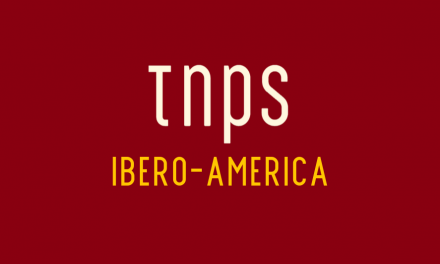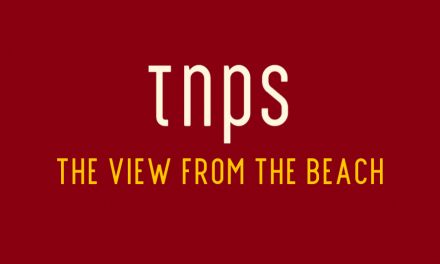
It was never meant to be like this.
In those dark and gloomy days of 2011-13 it seemed to many observers that mainstream publishing had no future and digital would not just disrupt, but destroy publishing as we knew it.
Not only were upstart start-ups like Amazon’s KDP, Apple’s iBooks, Kobo, Nook, Smashwords and a host of others letting authors “self-publish” without paying up-front, but social media was letting said authors connect directly with readers without the benefit of a big publisher paying for an ad in the New York Times.
And to make matters worse, this was happening not just in the logical places like the US, the UK and Japan, but globally, even in countries that most of us thought didn’t even know what books were, let alone the internet.
Half a decade on and things are very different. Those up-start self-publishers are now, collectively at least, mainstream, and global doesn’t begin to describe it. Despite the inaccessibility of the Big 5 western ebook players to many would-be authors around the world, authors everywhere are enjoying new reach, often thanks to social media platforms that back in 2011 didn’t exist.
And mainstream publishers, far from going the way of the dodo, are enjoying the ride.
Take poetry, for instance.
As we all know, there is no money in poetry. No-one cares about poetry except fellow poets, and poetry books that do get published are either subsidised by big publishers with cultural pretensions or subsidised by education boards because the book is compulsory reading in schools for kids who will never touch another poem once they leave the classroom.
Or so conventional wisdom went a half decade ago.
Today?
Today poetry is a global big bucks business even if the Board of Education doesn’t know the poet exists.
What happened?
Instagram happened.
Take the Punjabi-Canadian poet Rupi Kaur.
“Walking the Manhattan blocks near NYU, the poet Rupi Kaur wears a loose cream-colored suit and an air of easy self-assurance. Her hands rest in her pockets, her kimono-shaped jacket hangs open over a cropped black turtleneck, and she comfortably strides her realm.”
No, hold that thought. Vivid a picture as Molly Fischer paints in The Cut this week, Kaur’s fashion elegance is not what concerns us here.
What concerns us is how a book of poetry by a poet nobody has heard of is outselling not just poets of the stature of Homer but some of the world’s biggest names in trade fiction, like John Grisham and Margaret Atwood.
According to Fischer, Kaur’s book Milk and Honey, has sold nearly 700,000 copies
One reason is that, while Kaur may be an unknown name in conventional poetry circles, in the world of social media Kaur is very well known. Try 1.6 million followers on Instagram and 154,000 followers on twitter.
In 2014 Kaur decided to move from poetry online to poetry in print, releasing Milk and Honey as a POD paperback through Amazon’s CreateSpace.
She was soon picked up by Andrew McMeel Publishing (AMP), best known for Calvin and Hobbes but now enjoying a new lease of life as publisher of poets who established themselves online first. AMP has now published four books by fellow online-poet cause célèbre Lang Leave (Tumblr, Instagram).
But of course these poets didn’t just throw a few lines on Instagram and hope for the best.
“Kaur’s Instagram feed is immaculately manicured, a checkerboard on which her poems — all lowercase, often alongside her drawings — alternate with photos, mostly professional, mostly of Kaur,” Fischer explains. “(Kaur) is, deeply and truly, a poet of Instagram: In the manner of that medium, her work is human experience, tidily aestheticized and monetized, rendered inspirational and relatable in perfect balance.”
Fischer adds on a more down to earth note, “(Kaur’s) poems are, for the most part, short enough to fit easily in Instagram’s square frame, and her sentiments general enough to be universally recognizable.”
For more on the phenomenon that is online poets with telephone number followings check out this post on Publishing Perspectives from way back in 2015.





Wow! Thank you so much! Gives hope to us all.